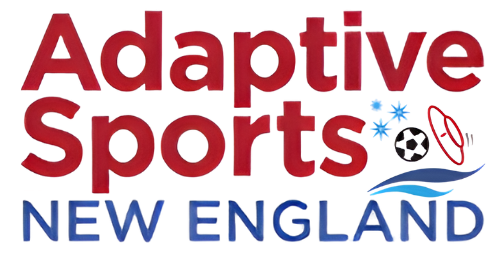Prohibited conduct includes, but is not limited to, the following:
Bullying
- Intentional, persistent and repeated pattern of committing or willfully tolerating physical and non-physical behaviors that are intended, or have the reasonable potential, to cause fear, humiliation or physical harm in an attempt to sociallyexclude, diminish or isolate the targeted athlete(s) and/or other individual(s)/group(s), as a condition of membership; or
- Any act or conduct described as bullying under federal or state law.
Hazing
- Coercing, requiring, forcing or willfully tolerating any humiliating, unwelcome or dangerous activity that serves as a condition for (a) joining a group or (b) being socially accepted by a group’s members; or
- Any act or conduct described as hazing under federal or state law.In Massachusetts, the relevant law is Massachusetts General Laws Chapter 269, Sections 17-18.
Harassment (Including Sexual Harassment)
- A repeated pattern of physical and/or non-physical behaviors that (a) are intended to cause fear, humiliation or annoyance, (b) offend or degrade, (c) create a hostile environment or (d) reflect discriminatory bias in an attempt to establish dominance, superiority or power over a targeted athlete(s) and/or other individual(s)/group(s) based on gender, race, ethnicity, culture, religion, sexual orientation, gender expression or mental or physical disability; or
- Any act or conduct described as harassment under federal or state law.
Emotional Misconduct
- A pattern of deliberate, non-contact behavior that has the potential to cause emotional or psychological harm to an athlete(s) and/or other individual(s)/group(s). Non-contact behaviors include verbal acts and acts that deny attention or support.
- Any act or conduct as emotional abuse or misconduct under federal or state law (e.g., child abuse, child neglect).Please note that, in Massachusetts, ASNE is a mandated reporter under Massachusetts General Law Chapter 119, Section 51A.
Physical Misconduct
- Contact or non-contact that results in, or reasonably threatens to, cause physical harm to an athlete(s) and/or other individual(s)/group(s); or
- Any act or conduct described as physical abuse or misconduct under federal or state law (e.g., child abuse, child neglect, assault).
Sexual Misconduct
- Any touching or non-touching sexual interaction that is (a) nonconsensual or forced, (b) coerced or manipulated, or (c) perpetrated in an aggressive, harassing, exploitative or threatening manner;
- Any sexual interaction between an athlete(s) and/or other individual(s)/group(s) and an individual with evaluative, direct or indirect authority. Such relationships involve an imbalance of power and are likely to impair judgment or be exploitative; or
- Any act or conduct described as sexual abuse or misconduct under federal or state law (e.g., sexual abuse, sexual exploitation, rape).
Inappropriate Romantic or Sexual Relationships
- Romantic or sexual relationships that began during the athletic relationship between an athlete and/or other individual/group and those individual(s) (i) with direct supervisory or evaluative control, or (ii) who are in a position of power and trust over the athlete or other individual/group are inappropriate. There is assumed to be an imbalance of power between athletes/participants and coaches/volunteers unless it can be demonstrated that the situation fits a limited circumstance where there is no imbalance of power. For example, this prohibition would not apply to a pre-existing relationship between two spouses or life partners if one chooses to participate in an ASNE program and the other is a volunteer or coach.


